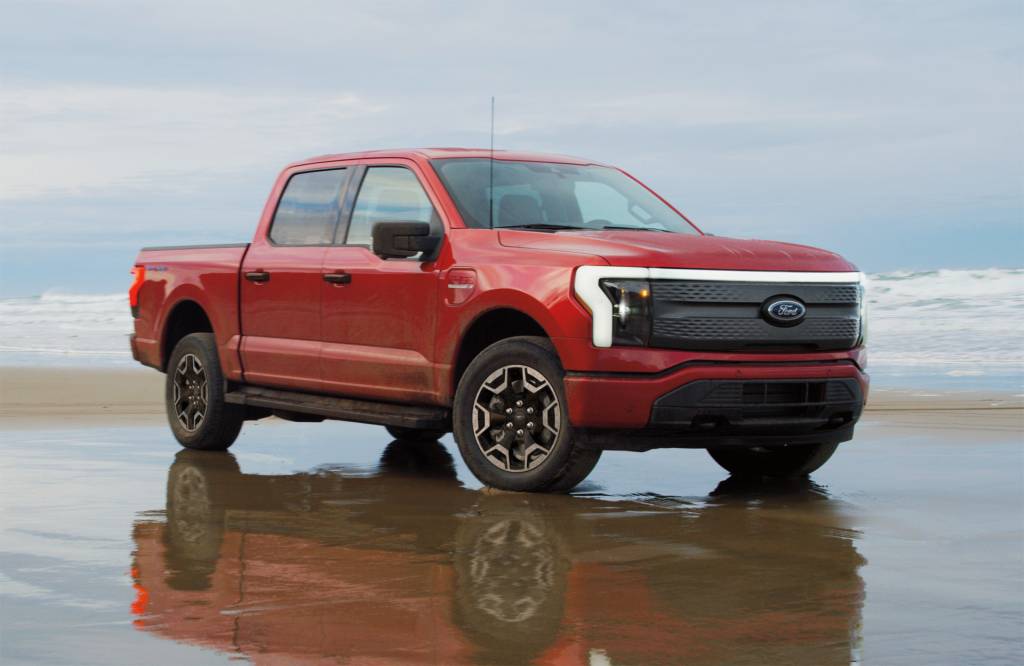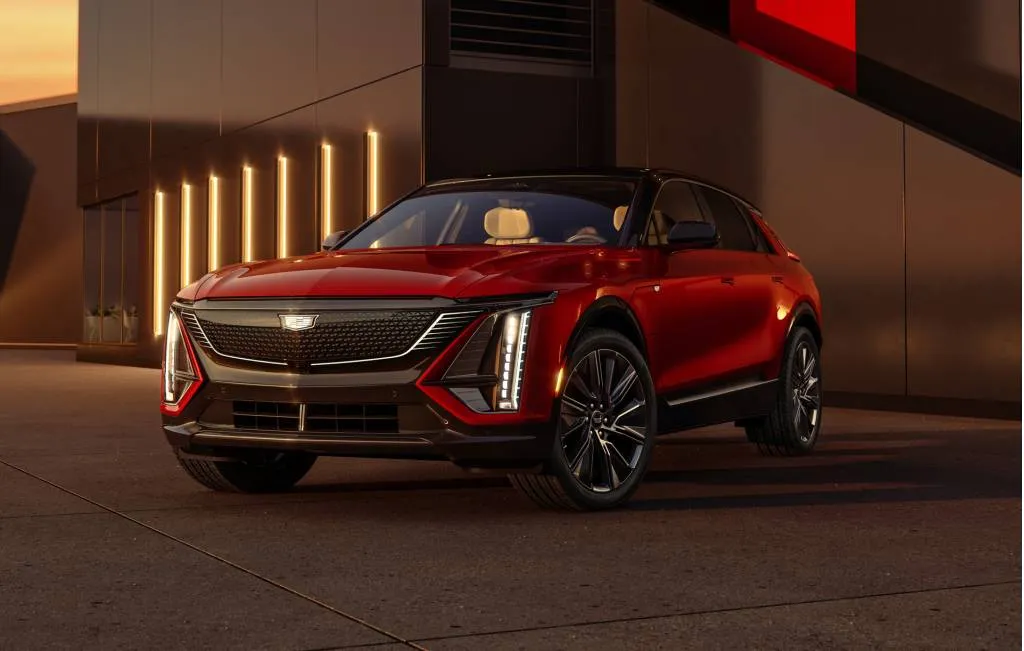The federal EV tax credit will shift to a point-of-sale dealership rebate in 2024, giving customers instant access to the credit, the U.S. Treasury Department confirmed Friday in a press release.
Under current rules, buyers can’t claim the credit of up to $7,500 for new vehicles and $4,000 for used vehicles until they file their taxes. Effective Jan. 1, 2024, EV buyers will be able to claim their credit at the dealership, a change being implemented as part of the revamping of the EV tax credit under the Inflation Reduction Act (IRA).
“For the first time, the Inflation Reduction Act allows consumers to reduce the up-front cost of a clean vehicle,” Laurel Blatchford, chief implementation officer for the IRA, said in a statement. “The IRS has focused on streaming this process for car dealers as part of its commitment to improving service and helping taxpayers claim the credits they are eligible for.”

2023 Ford F-150 Lightning
That process starts with dealers registering with the IRS to be eligible to offer the credit at the point of sale. Buyers must also attest that they don’t exceed the income limits implemented under the IRA (and will have to pay back the credit if they do the next time they file their taxes). The tax credit only applies with an adjusted gross income limitation of $300,000 for married couples filing jointly, $225,000 for head of household, and $150,000 for other filers.
In addition to the income cap, the IRA tax-credit rules set price limits of $55,000 for new cars and $80,000 for new trucks, SUVs, and vans for the full $7,500 tax credit. The income and price caps will remain the same for time being, while battery-material sourcing requirements will ramp up. However, what’s been seen as an EV tax-credit loophole cuts the effective cost of EVs made overseas—and more expensive luxury EVs—through leases.
Qualifying car shoppers can receive the credit amount in cash, or apply it to the cost of a new vehicle or down payment. So it’s not truly a tax credit anymore, at least in the same definition.

2024 Cadillac Lyriq
Allowing consumers to claim the credit at the dealership could have a greater impact than the credit amount. A 2022 study found that point-of-sale rebates, at a lower amount, are preferred by consumers over greater tax credits that they have to wait for. The simplicity of a point-of-sale rebate alone is significant, Albert Gore, executive director of the Zero Emission Transportation Association (ZETA) said in a statement.
“This process simplifies and encourages the use of these key tax credits by enabling qualifying dealers to provide a cash discount on new and used EVs rather than requiring the buyer to claim the credit on their tax return at a later date.”

2024 Chevrolet Blazer EV
Some car dealers had been concerned that the federal government would not reimburse them quickly, pointing to a slow process under the 2009 “Cash for Clunkers” program that provided cash rebates for drivers trading in older, higher-emission vehicles. But Treasury Department guidance calls for reimbursement within 72 hours of a sale. That seems to have allayed those fears, according to a Politico report.
A point-of-sale EV rebate has been discussed for some time. The Obama administration attempted to form the federal incentive around point-of-sale rebates in 2011, but it didn’t find enough support then.

